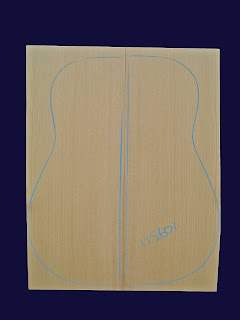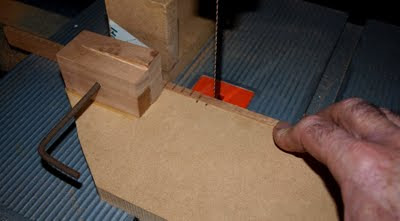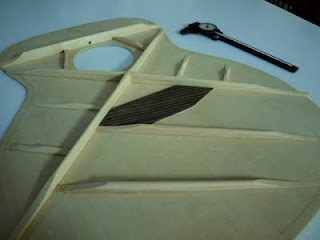When we were forced to find a new rental property last year, my guitar-building pursuits were seriously disrupted while we hunted for a suitable house, packed innumerable boxes, moved our accumulation of "stuff", then found homes for everything once we'd made the move. During the weeks that followed, my attention was focussed on building a workbench from scratch and establishing some semblance of order in my new workshop. Having achieved all that, I enjoyed more productive times and was pleased to be able to complete a couple of guitars and make good progress with the others I've featured recently on this blog.
Stability hasn't lasted long however, and barely 12 months later we've taken a critical look at our situation from the point of view of finances and lifestyle and have purchased our own home. As a temporary measure, I'll set up shop in the double garage, but the long-term goal will be to build a workshop at the rear of the property with the luxury of being able to give consideration to the heating and cooling, lighting and storage requirements best suited to our budget and the specialised needs of my guitar building hobby. In many respects it's a distraction I'd rather not face, but I'm confident that the planning, expense and hard work involved will pay off in the long term. It's my hope that I'll be much more inclined to spend time building guitars, particularly through our extreme summers when it's too easy to spend what spare time I do have lounging around in the air-conditioned house!
Updates to my blog will slow to a trickle in the weeks ahead, however, normal service will be resumed as soon as possible.
Cheers
Pete





















































